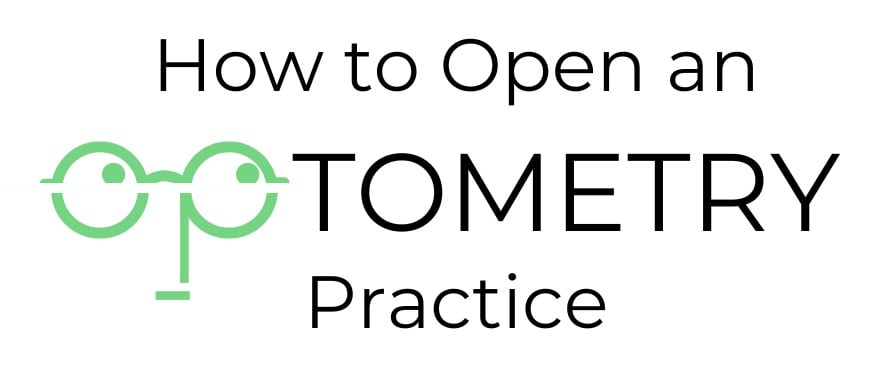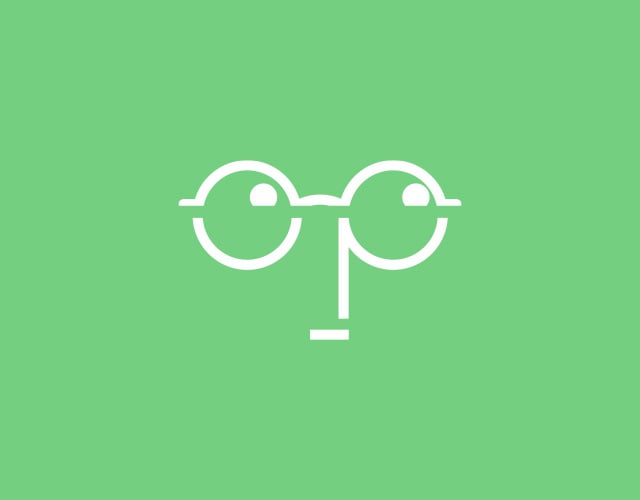In today’s competitive healthcare landscape, offering advanced, patient-centric services is key to building trust and a solid reputation. For optometry practices, having the right equipment and technology not only improves diagnostic accuracy but also streamlines operations and elevates patient satisfaction. Below are the essential tools that every modern optometry office should consider.
1. High-Quality Exam Lane Equipment
A well-equipped exam lane is the foundation of an optometry practice. It enables thorough evaluations of a patient’s visual system and eye health.
- Chair & Stand: Look for a fully automated or manual reclining chair that’s sturdy and comfortable. An integrated instrument stand ensures you have easy access to the necessary tools (e.g., phoropter, slit lamp).
- Phoropter (Manual or Digital): A traditional manual phoropter may be more familiar, but digital phoropters provide quicker refractions and can integrate with other instruments or electronic health record (EHR) systems.
- Slit Lamp Biomicroscope: Essential for examining the anterior segment of the eye (cornea, iris, lens). High-quality optics and illumination modes (e.g., diffuse, slit, retroillumination) enhance diagnostic precision.
2. Diagnostic Imaging Tools
Advanced imaging devices offer in-depth analysis and visualization of the eye’s internal structures, enabling early detection and management of common ocular diseases.
- OCT (Optical Coherence Tomography): Generates cross-sectional images of the retina and optic nerve. An indispensable tool for diagnosing and monitoring conditions such as glaucoma, macular degeneration, and diabetic retinopathy.
- Fundus Camera (Retinal Imaging): Captures high-resolution images of the retina, allowing for detailed documentation and easier patient education. Non-mydriatic models can often take images without dilating the patient’s pupils, improving convenience.
- Visual Field Analyzer: Critical for detecting and tracking peripheral vision loss, especially in glaucoma patients. Automated perimeters can produce detailed field maps, helping you create more precise treatment plans.
3. Automated Pre-Testing Instruments
Pre-testing instruments offer quick, reliable measurements and free up time for your staff to focus on patient care and administrative tasks.
- Autorefractor/Keratometer: Provides initial refractive data and measures corneal curvature—a useful starting point for contact lens fittings.
- Tonometer: Measures intraocular pressure (IOP), an essential screening for glaucoma. Non-contact (air puff) tonometers or handheld devices can streamline the process and improve patient comfort.
- Pachymeter: Measures corneal thickness, which is important when assessing glaucoma risk and suitability for refractive surgery.
4. Electronic Health Record (EHR) Systems & Practice Management Software
A robust EHR and practice management software platform can centralize patient data, scheduling, and billing. This makes your workflow more efficient and improves patient care coordination.
- Integration with Diagnostic Devices: Streamline record-keeping by choosing software that automatically captures and transfers data from your imaging and pre-testing devices.
- Online Appointment Booking & Patient Portal: Empower patients to book appointments and access their records online, reducing administrative workload and improving patient engagement.
- Billing & Insurance Claims: Automate claim submission and payment tracking to minimize errors and speed up revenue cycles.
5. Telehealth Technology
Offering remote consultations can be especially valuable for patients with mobility challenges or those living in rural areas.
- Video Conferencing Platform: A secure, HIPAA-compliant platform allows you to perform basic evaluations and offer follow-up consultations.
- Remote Patient Monitoring Tools: Devices for tracking ocular health or visual acuity at home can help you intervene early and provide proactive care.
6. Specialty Equipment (Depending on Your Practice Focus)
Optometrists who offer specialized care may need additional technology to diagnose and manage specific ocular conditions or patient groups.
- Corneal Topographer: Essential for fitting specialty contact lenses (e.g., orthokeratology, scleral lenses) and diagnosing corneal irregularities.
- Anterior Segment Imaging: Devices that produce detailed images of the anterior chamber, useful for conditions like keratoconus and cataracts.
- Vision Therapy Tools: If you provide vision therapy, consider specialized software and equipment for eye exercises and binocular vision training.
7. Optical Dispensary Essentials
For practices that sell eyewear, having the right tools and a well-designed optical area is crucial for delivering a seamless, high-quality patient experience.
- Lens Edger: Allows for in-office lens cutting and edging, speeding up turnaround times.
- Pupillometer: Accurately measures pupillary distance (PD) for customized lens fitting.
- Frame Displays & Mirrors: Create a welcoming, aesthetically pleasing space. Strategically placed mirrors and displays help patients envision how they’ll look and feel in their new eyewear.
8. Ongoing Maintenance & Staff Training
Investing in sophisticated equipment is only half the battle—keeping it well-maintained and ensuring your team is properly trained are equally crucial.
- Regular Calibration & Servicing: Follow manufacturers’ recommended maintenance schedules. Accurate readings depend on properly functioning equipment.
- Continuous Staff Education: Provide training sessions whenever you add new technology. Knowledgeable staff can quickly troubleshoot issues and ensure patients have a smooth experience.
Final Thoughts
Equipping your optometry practice with modern, cutting-edge technology is a strategic investment that pays off in enhanced diagnostic capabilities, improved patient outcomes, and streamlined operations. Whether you’re starting a new clinic or upgrading your existing one, prioritize tools that align with your practice’s unique goals and the needs of your patient community. By staying current with industry innovations and training your staff appropriately, you’ll build a reputation for delivering thorough, high-quality care—and stand out in a competitive market.

